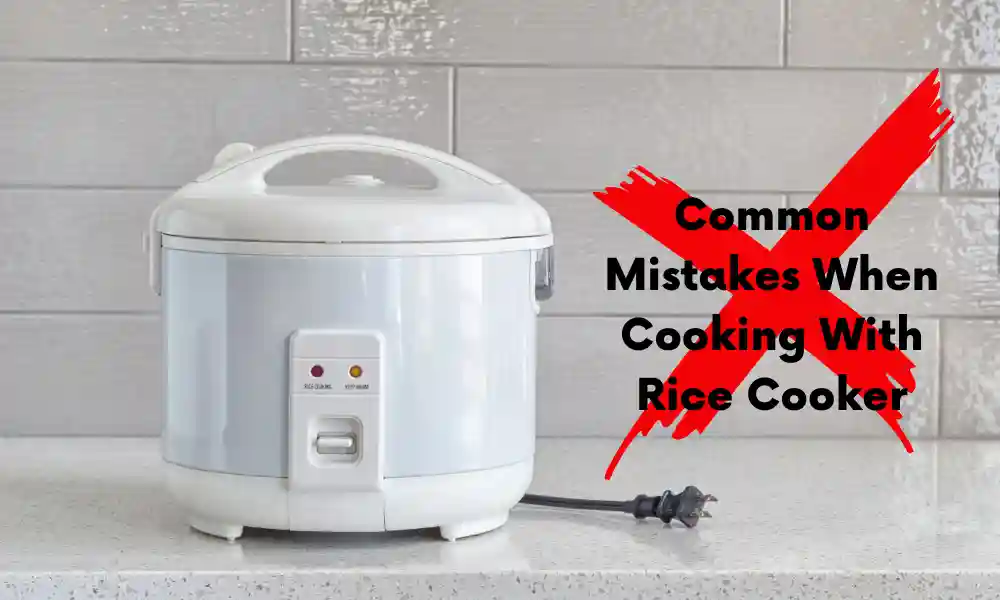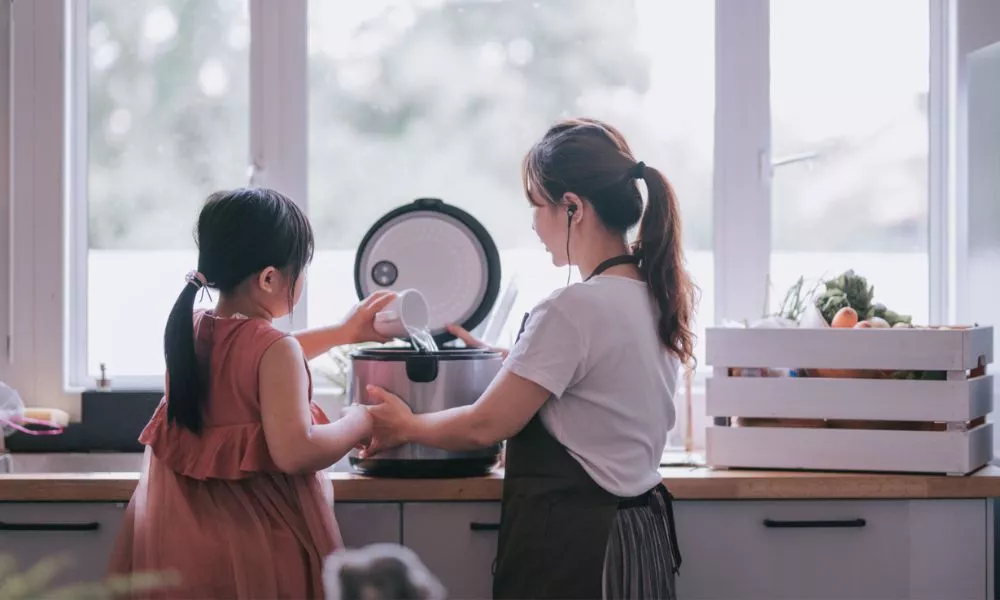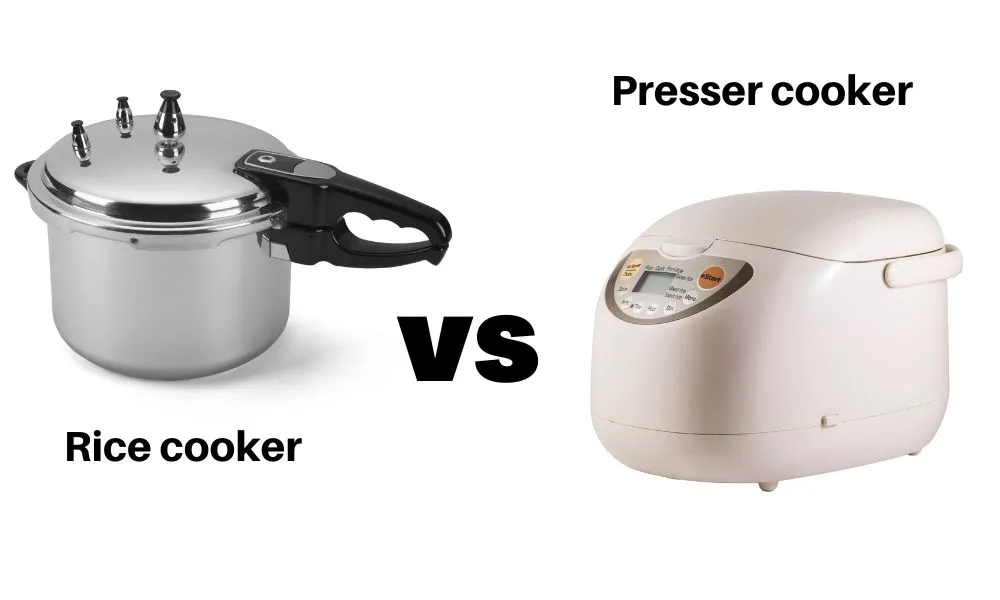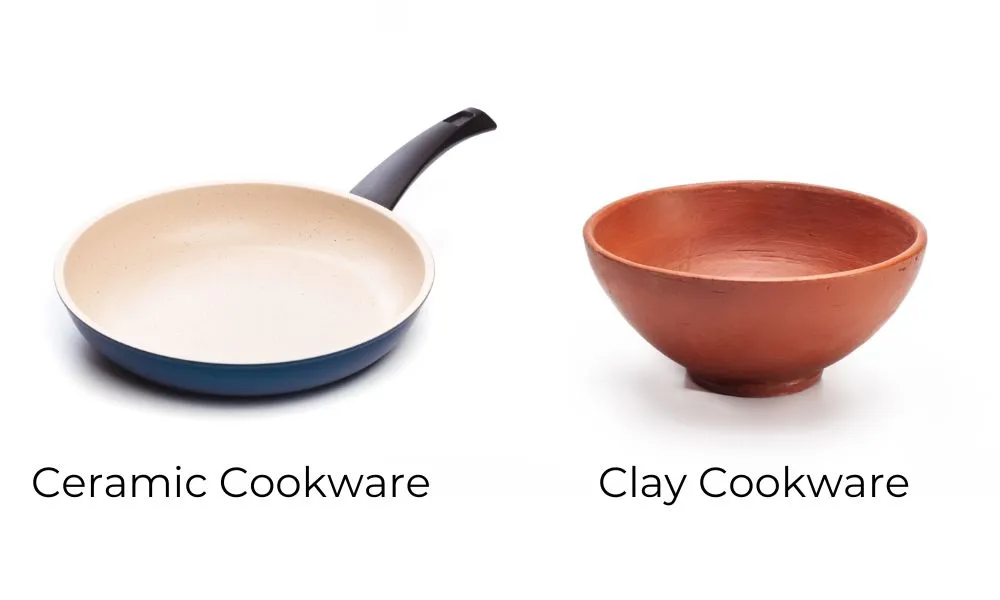Cooking rice is a fundamental skill in many cuisines, and rice cookers have become indispensable kitchen appliances for achieving perfectly cooked rice with minimal effort. However, even with the convenience provided by rice cookers, there are common mistakes that people often make, resulting in subpar rice or less-than-desirable cooking outcomes. In this article, we will explore these Common Mistakes When Cooking With Rice Cooker and provide you with practical tips on how to avoid them.
Table of Content
Briefing
Rice cookers have revolutionized the way we cook rice, making it easier and more convenient than ever before. With their precise cooking mechanisms and automated features, rice cookers ensure that your rice turns out fluffy and delicious every time. However, to achieve the best results, it’s important to understand and avoid some common mistakes that can compromise the outcome of your rice-cooking endeavors.
common mistakes when cooking with Rice Cooker
Not Measuring Rice and Water Properly
One of the most critical mistakes when using a rice cooker is failing to measure the rice and water accurately. The rice-to-water ratio is crucial for achieving the perfect texture and consistency in cooked rice. Adding too much water can result in mushy rice, while too little water can lead to undercooked and dry rice.
To measure rice and water correctly, follow these guidelines:
- Measure the rice using the provided measuring cup that came with your rice cooker.
- Use the appropriate water-to-rice ratio as recommended by the manufacturer or recipe.
- Typically, the ratio is 1:1 for white rice and 1:1.5 or 1:2 for brown rice, considering the cooking settings of your specific rice cooker.
Ignoring Soaking Time for Certain Rice Varieties
While not all rice varieties require soaking before cooking, some benefit from this additional step. Soaking rice helps to soften the grains and reduce cooking time. It is particularly important for certain types of rice, such as brown rice and wild rice.
To properly soak rice:
- Check the specific instructions for the rice variety you are using.
- Generally, soak the rice in water for 30 minutes to a few hours, depending on the type of rice.
- Drain the soaked rice before transferring it to the rice cooker for cooking.
Opening the Lid During Cooking
Resist the temptation to open the lid of your rice cooker while the rice is cooking. Opening the lid releases steam and interrupts the cooking process, which can result in unevenly cooked rice. Trust the timing and let the rice cooker do its job.
The rice cooker is designed to automatically adjust the cooking time and temperature to ensure perfectly cooked rice. Opening the lid prematurely can disrupt this balance and lead to less satisfactory results.
Adding Ingredients at the Wrong Time
Many rice cookers have the capability to cook rice with additional ingredients such as vegetables, meat, or spices. However, adding these ingredients at the wrong time can affect the overall cooking process and result in undesirable outcomes.
To add ingredients at the right time:
- Read the manufacturer’s instructions for your specific rice cooker model.
- Typically, vegetables and delicate ingredients should be added towards the end of the cooking cycle, while meat and firmer ingredients may require earlier additions.
- Experiment with different recipes and timings to find the best results for your preferences.
Using the Wrong Cooking Setting
Rice cookers often come with multiple cooking settings to accommodate various rice types, including white rice, brown rice, sushi rice, and more. Using the wrong setting for a specific type of rice can lead to undercooked or overcooked rice.
Refer to the instruction manual of your rice cooker to understand the different cooking settings available and their corresponding rice types. When cooking a specific rice variety, select the appropriate setting to ensure optimal results.
Not Fluffing the Rice Properly
Fluffing the rice after it’s done cooking is a crucial step to ensure light and fluffy grains. Neglecting this step can result in clumpy and dense rice.
To properly fluff rice:
- Use a rice paddle or fork to gently stir and separate the grains.
- Be careful not to overmix or mash the rice, as it can affect the texture.
- Allow the rice to sit for a few minutes after fluffing to let any remaining moisture evaporate.
Neglecting Cleaning and Maintenance
Proper cleaning and maintenance of your rice cooker are essential for its longevity and optimal performance. Neglecting these tasks can lead to a buildup of residue, affecting the flavor of the rice and the overall functionality of the appliance.
To clean and maintain your rice cooker:
- Regularly wipe the inner pot, lid, and other removable parts with a soft cloth or sponge.
- Remove any food particles or residue that may have accumulated.
- Follow the manufacturer’s instructions for more specific cleaning guidelines.
- Periodically check the power cord and electrical components for any signs of wear or damage.
Overfilling the Rice Cooker
It’s important not to overfill your rice cooker beyond its recommended capacity. Overfilling can cause the rice to overflow during the cooking process and affect the cooking outcome.
To determine the appropriate rice cooker capacity usage:
- Refer to the instruction manual to identify the maximum capacity of your rice cooker.
- Follow the recommended guidelines for the maximum amount of rice and water to add.
- Leave enough space for the rice to expand during cooking without overflowing.
Conclusion on Common Mistakes when Cooking with Rice Cooker
Using a rice cooker is a convenient way to achieve perfectly cooked rice with minimal effort. However, avoiding common mistakes is crucial for obtaining the best results. By measuring rice and water accurately, following soaking times for specific rice varieties, refraining from opening the lid during cooking, adding ingredients at the right time, selecting the correct cooking setting, properly fluffing the rice, maintaining the appliance, and not overfilling the rice cooker, you can ensure delicious and well-cooked rice every time.
Investing a little extra care and attention when cooking with a rice cooker will greatly enhance your culinary experience and allow you to enjoy the versatility and convenience that this kitchen appliance offers.
FAQ 1: Can I use a rice cooker to cook other grains besides rice?
Yes, many rice cookers can be used to cook other grains such as quinoa, millet, couscous, and more. However, it’s important to adjust the cooking time and water-to-grain ratio according to the specific grain you’re cooking.
FAQ 2: How do I prevent rice from sticking to the bottom of the cooker?
To prevent rice from sticking to the bottom of the cooker, make sure to rinse the rice thoroughly before cooking. Additionally, using a non-stick inner pot or coating the pot with a thin layer of oil can help prevent sticking.
FAQ 3: Can I cook rice without rinsing it first?
While rinsing rice helps remove excess starch and achieve fluffier rice, some rice varieties may not require rinsing. Read the packaging instructions or refer to the recipe to determine if rinsing is necessary.
FAQ 4: Is it safe to leave the rice cooker unattended while cooking?
Most rice cookers are designed with safety features and automatic shut-off functions to prevent overcooking or accidents. However, it’s generally recommended to stay nearby and keep an eye on the cooking process, especially if you’re using the cooker for the first time or cooking a new recipe.



